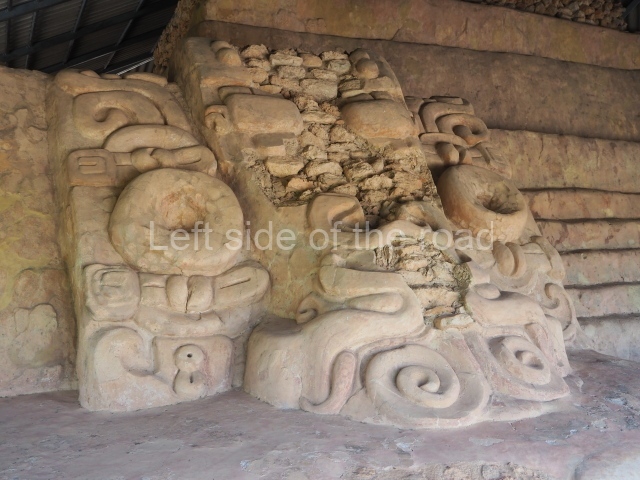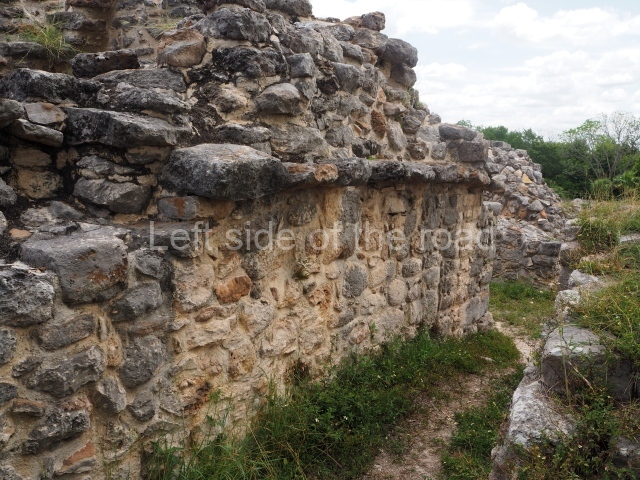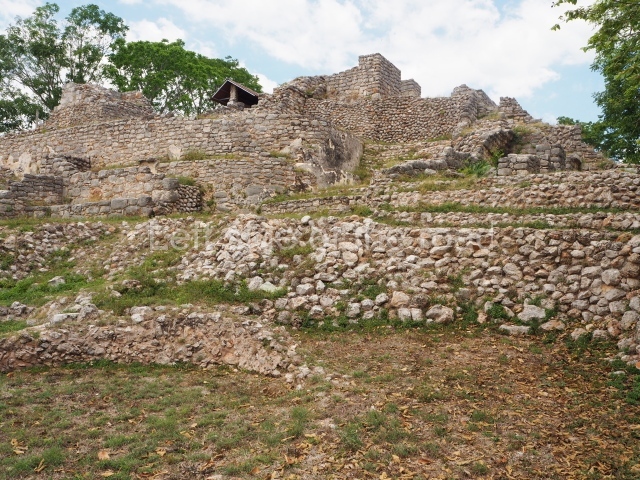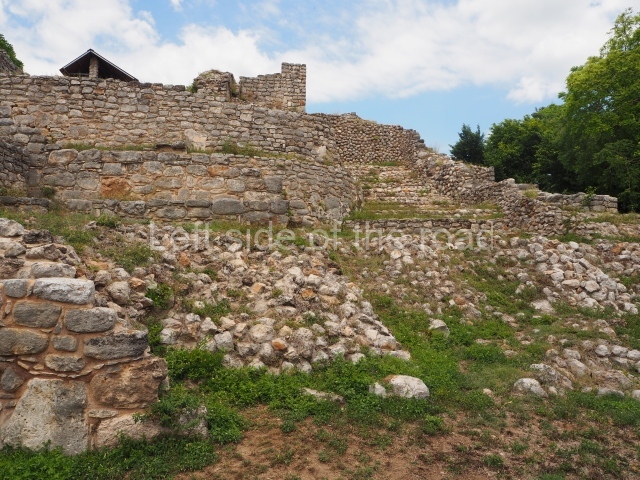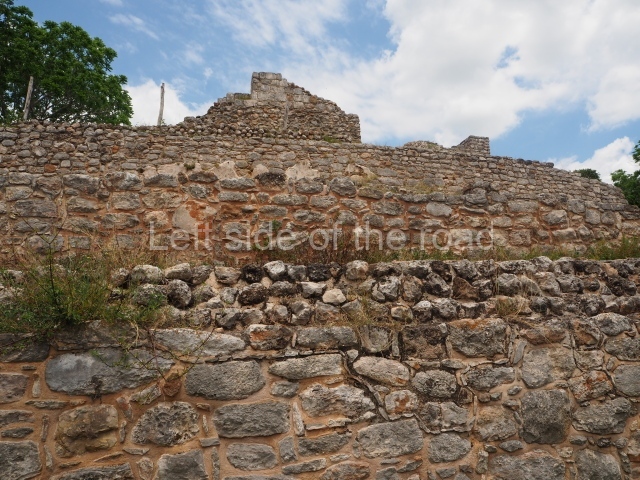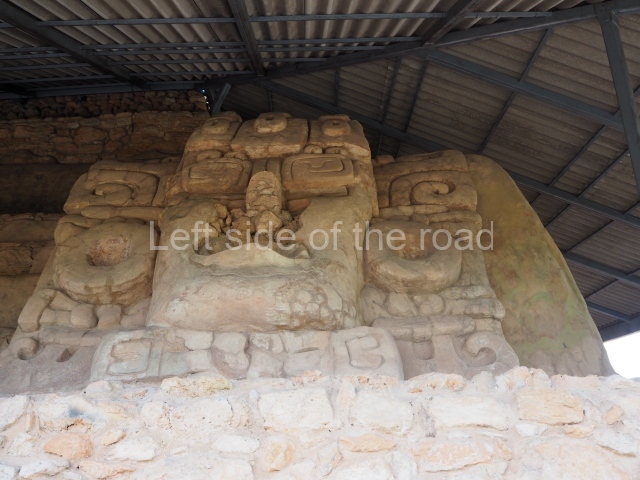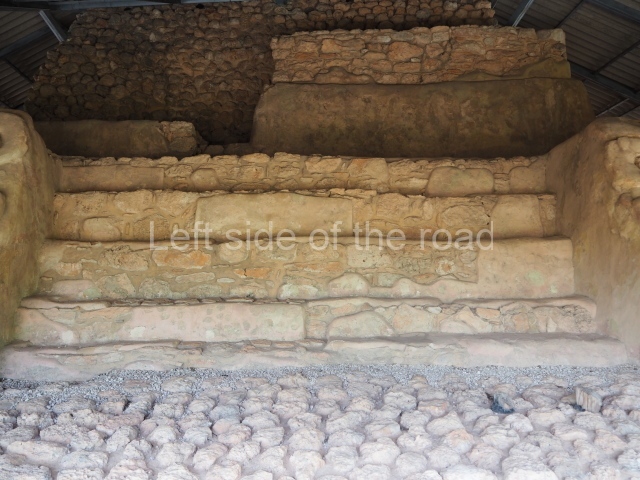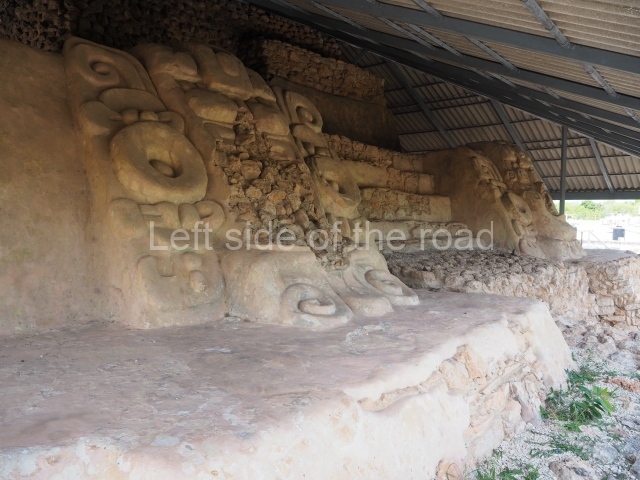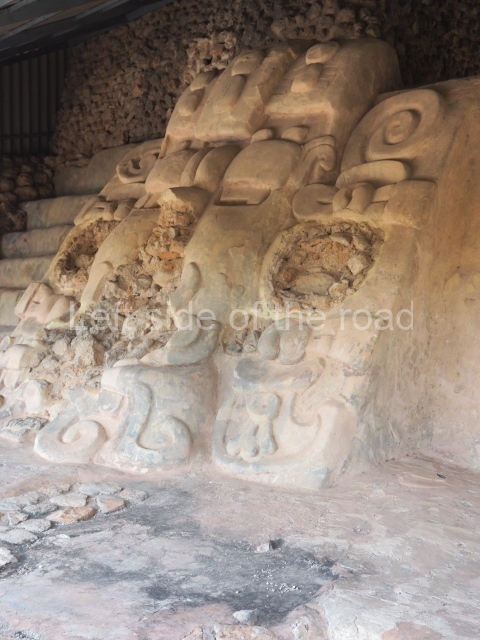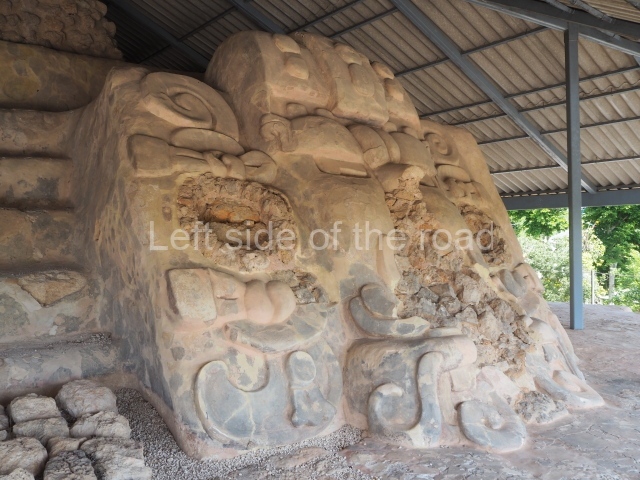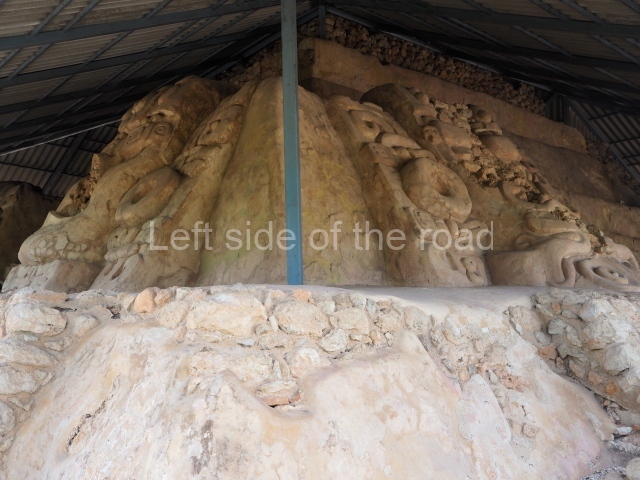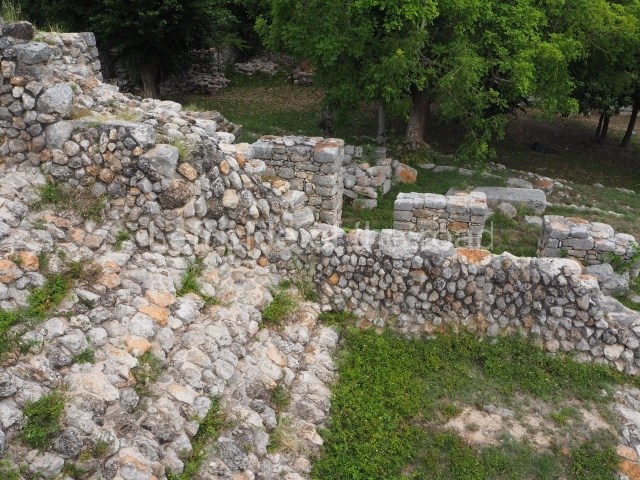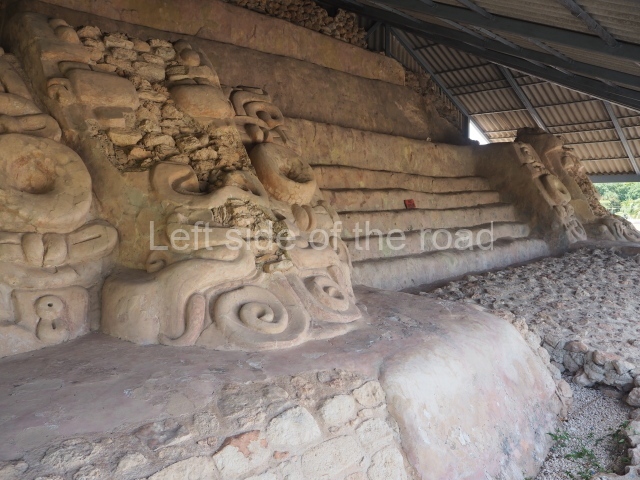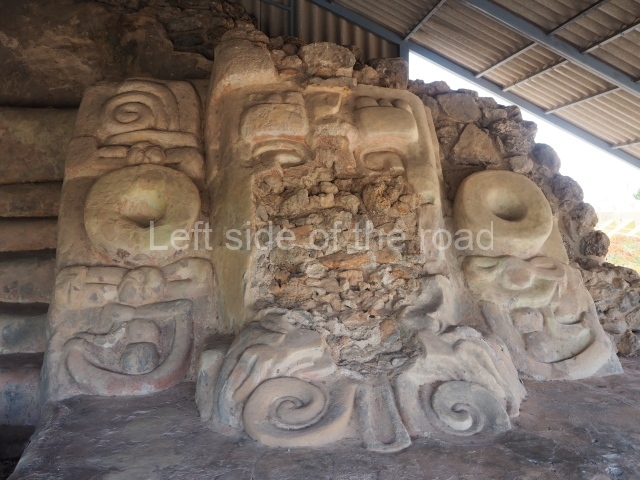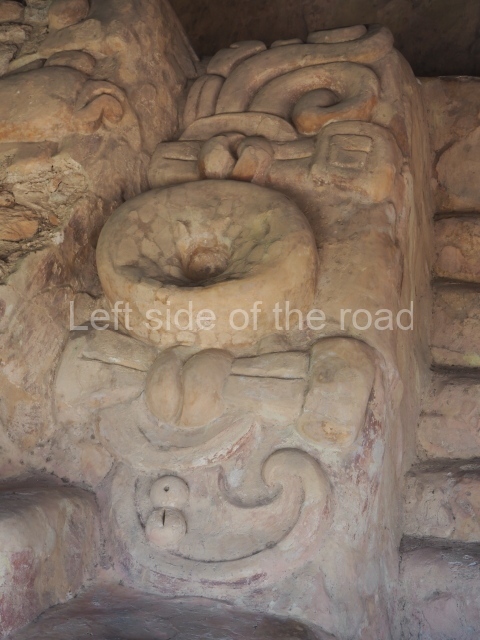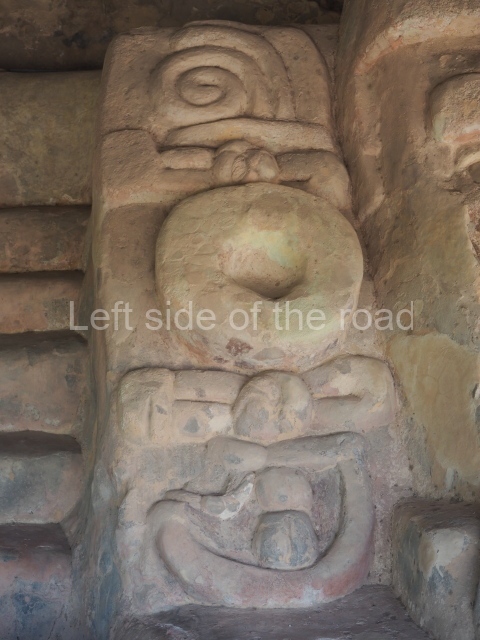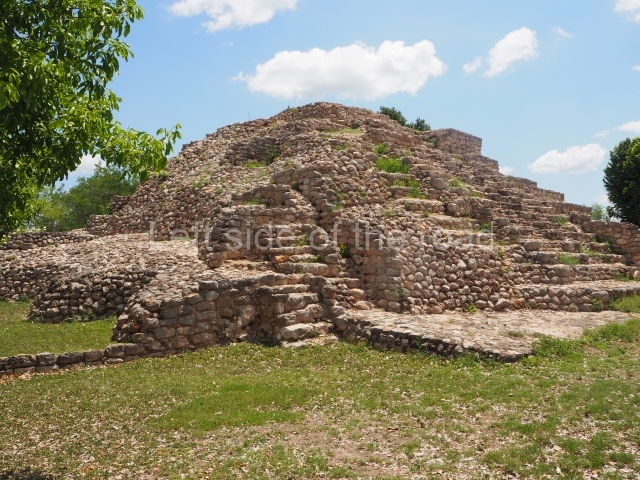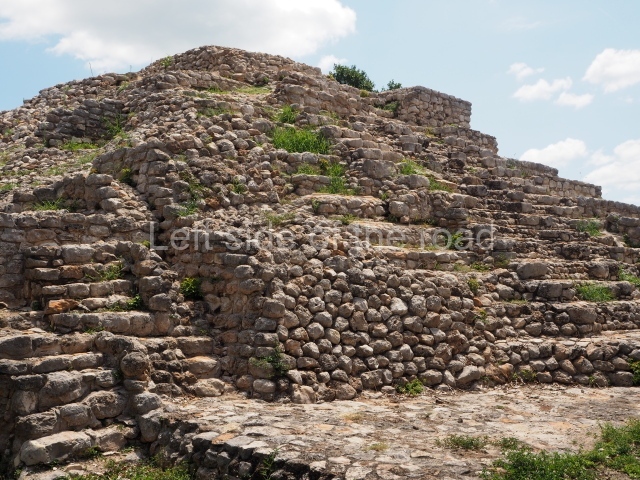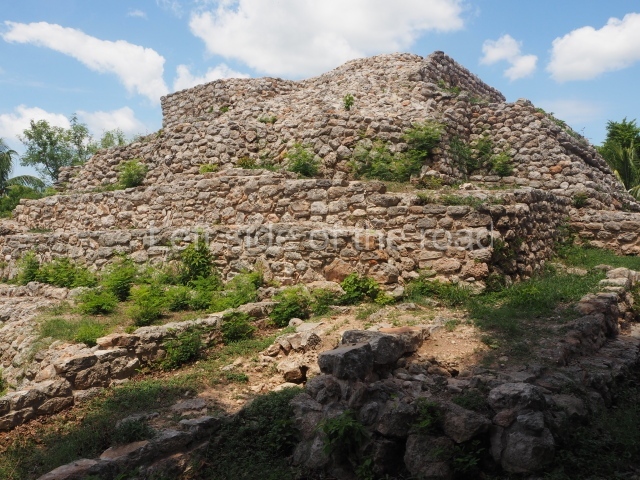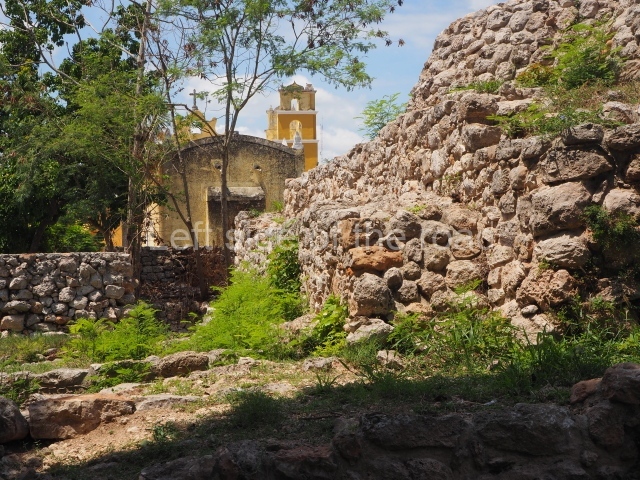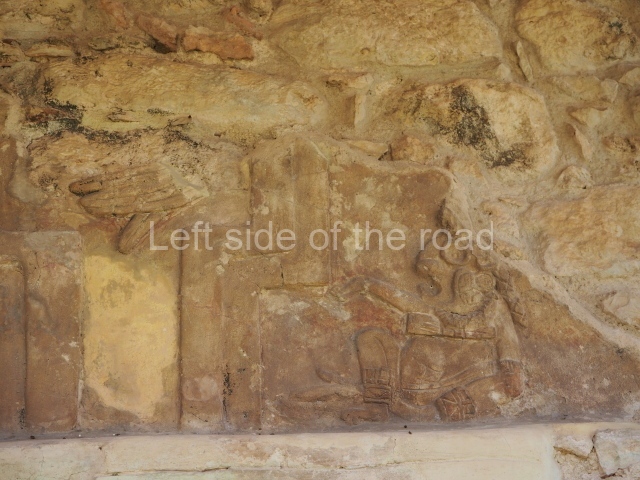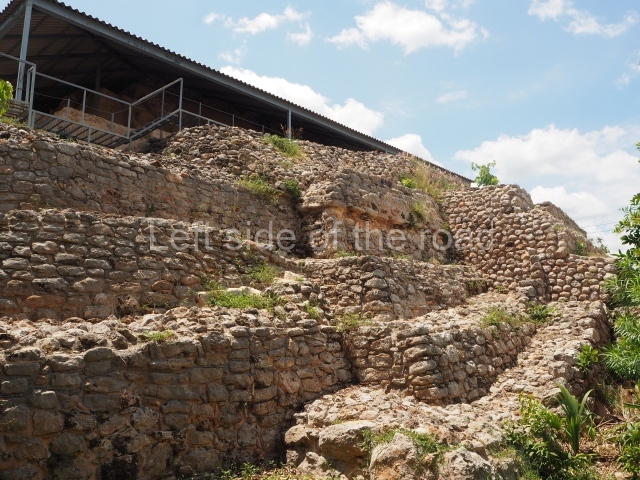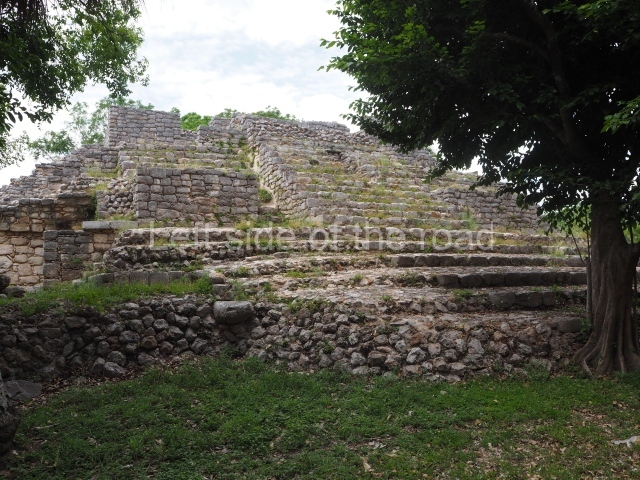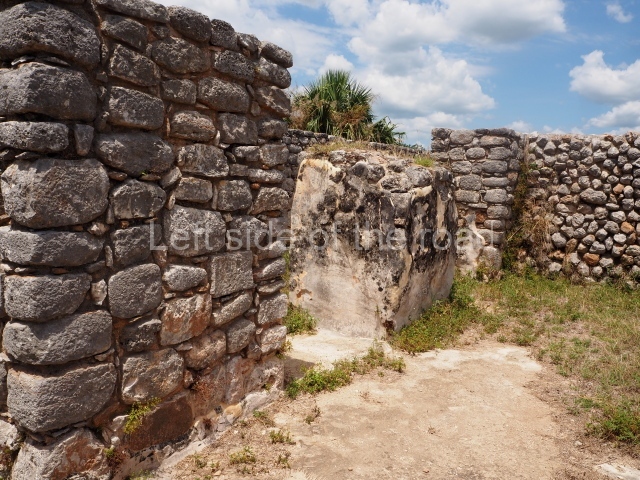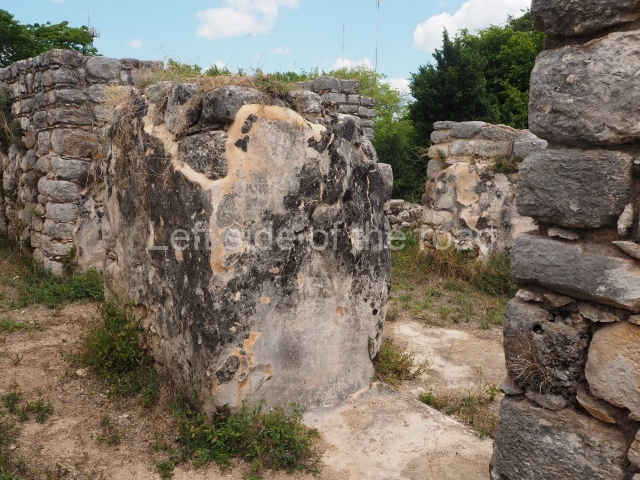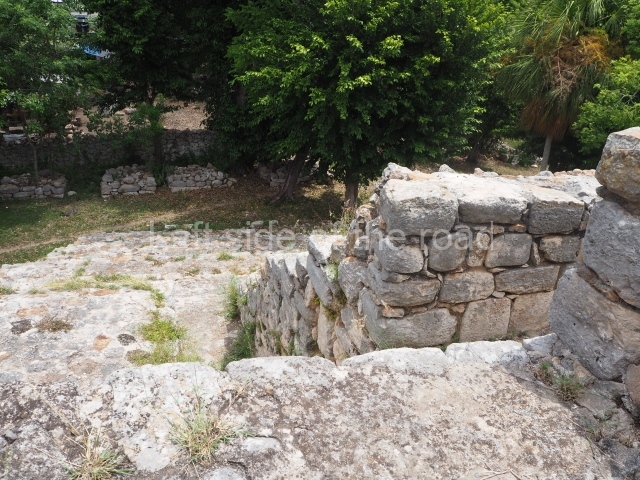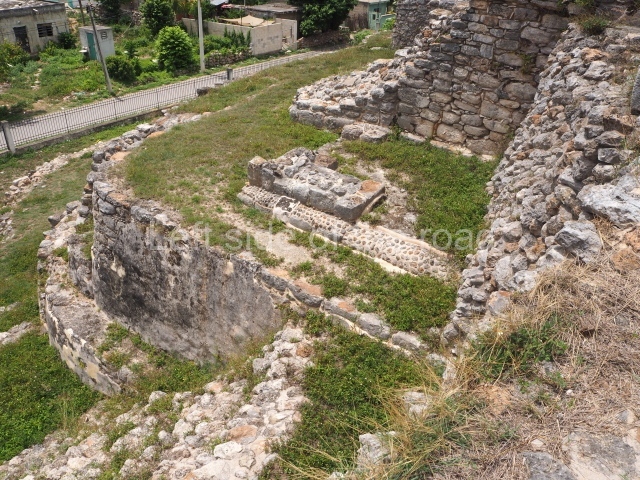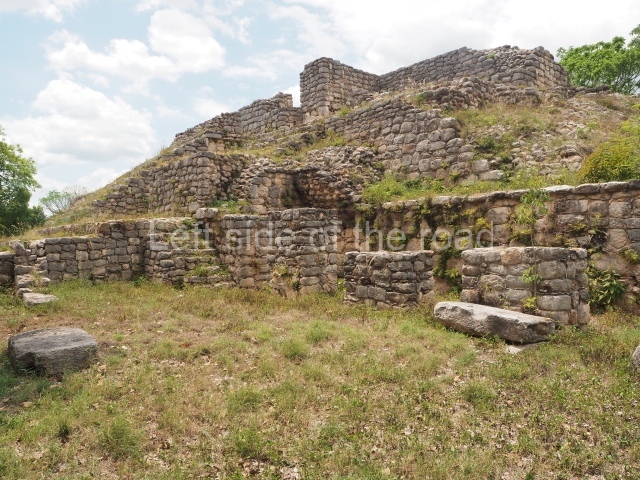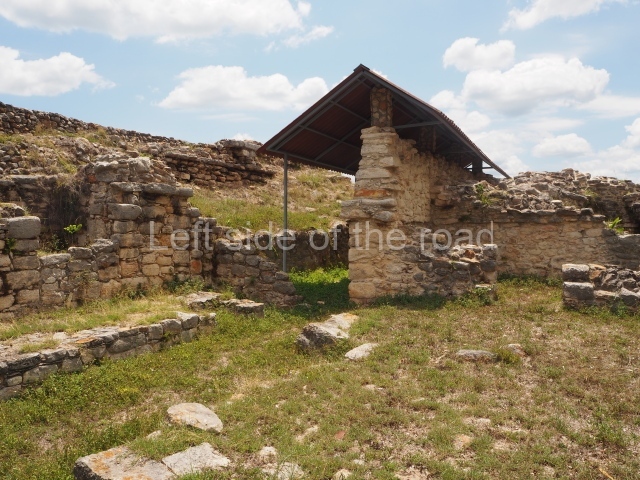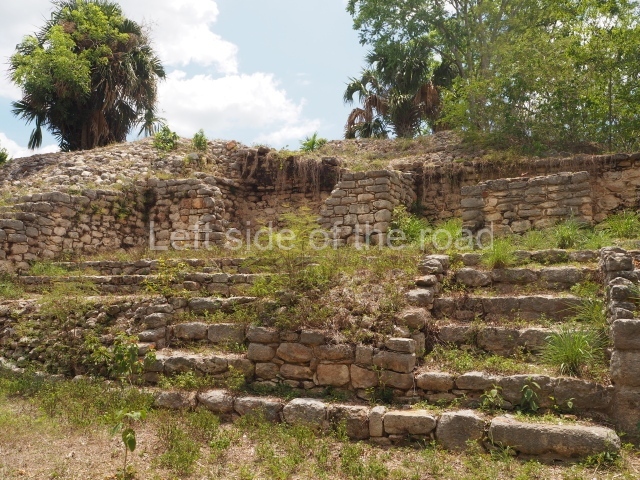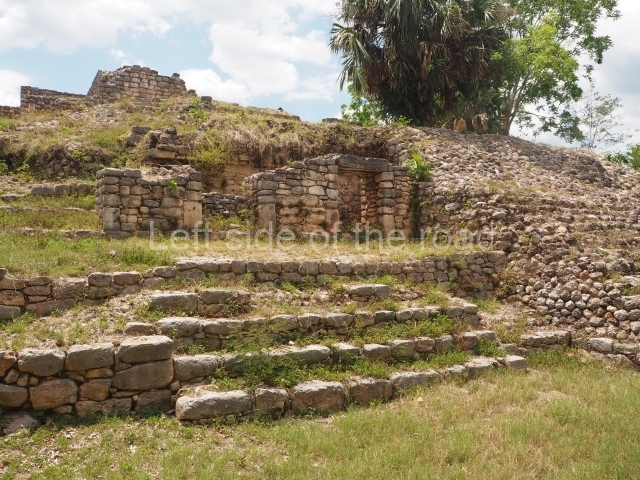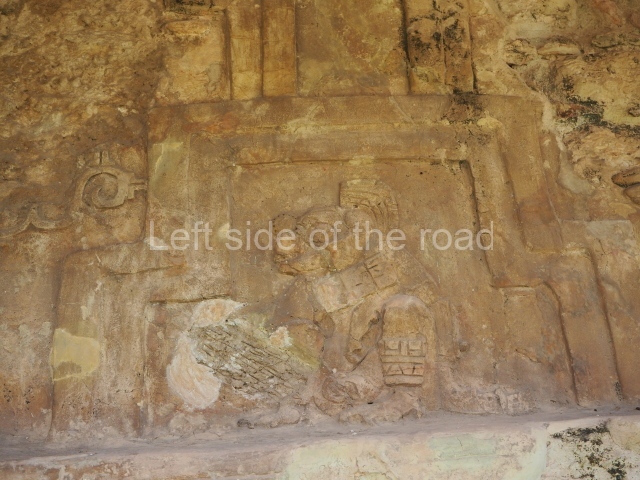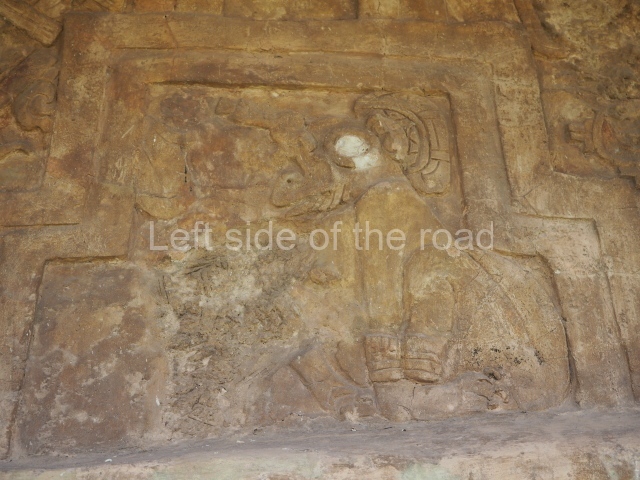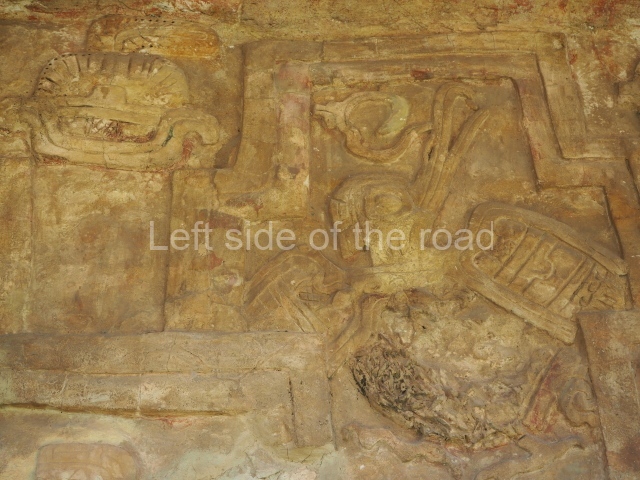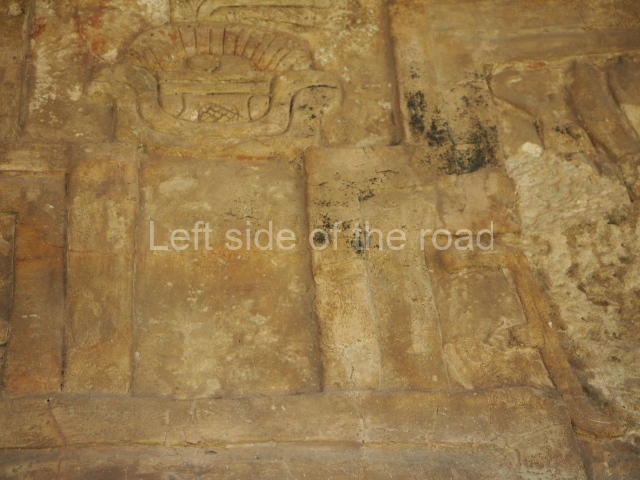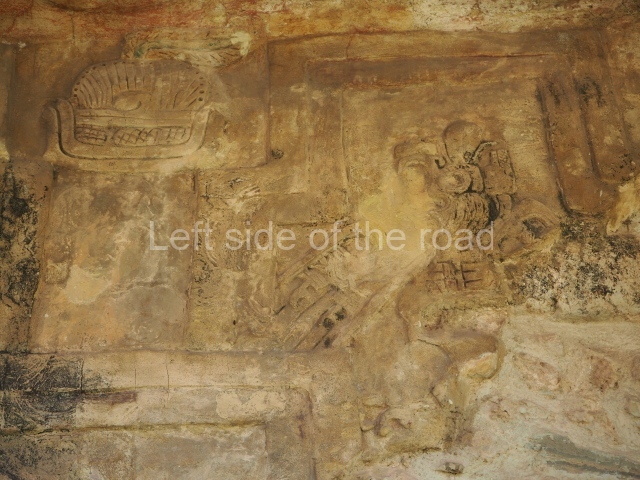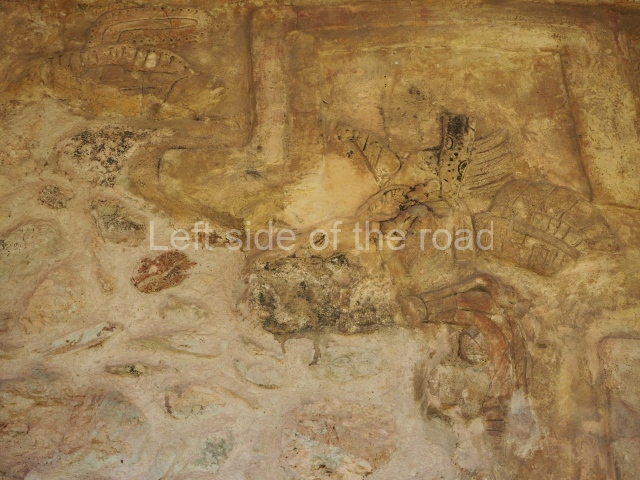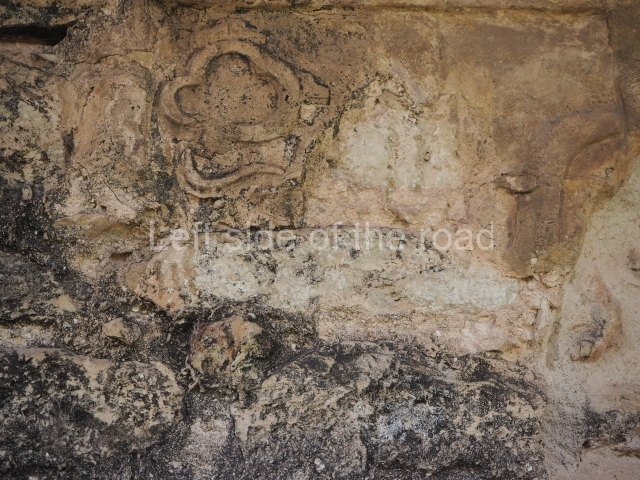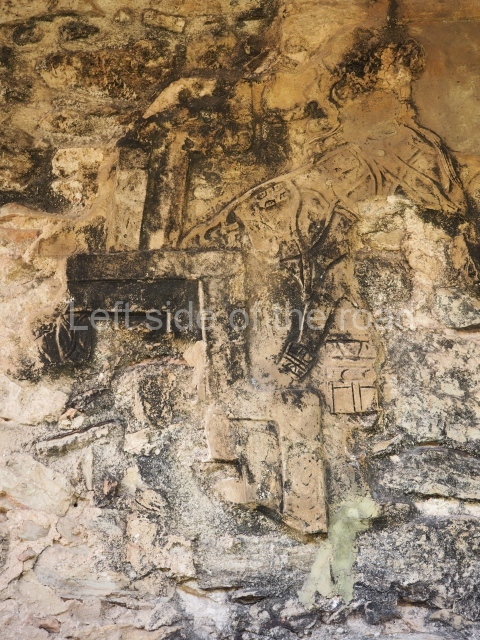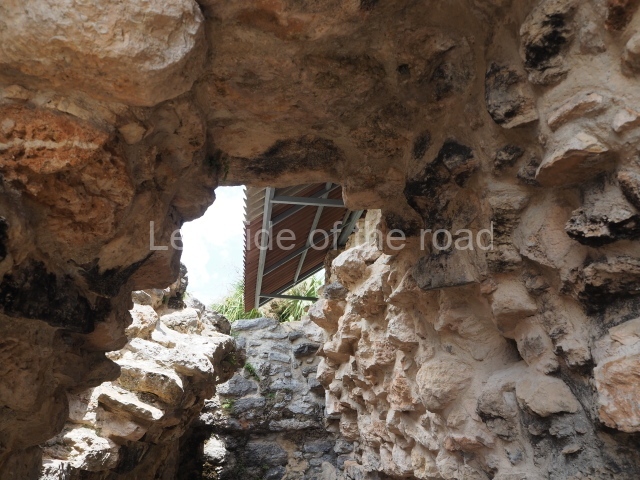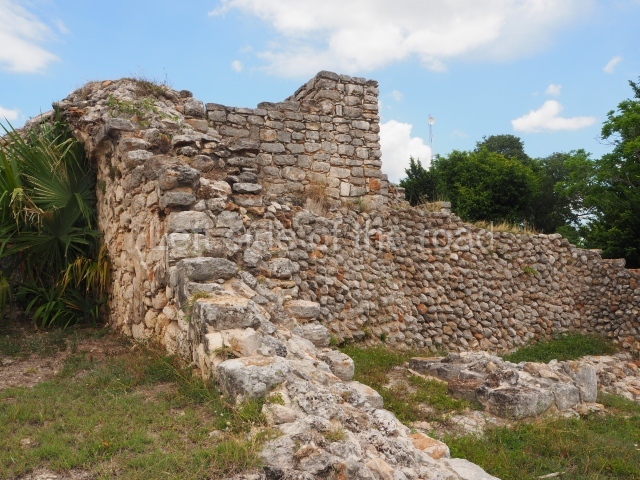Acanceh
Location
The archaeological site lies 25 km south-east of the city of Merida, in the town of the same name. According to the Diccionario Maya Cordemex, the word Acanceh has two meanings: the first, akan (moan) and keh (deer); the second, ‘unidentified medicinal plant’. The local climate is sub-humid with the rainfall occurring in the summer months. The average annual temperature is 25° C and the precipitation 70.4 mm. The vegetation is of the low rainforest variety with trees growing to between 2 and 10 m in height. The main tree species are the poppy, ceiba, pochote and pixoy, while the most common animal species are the quail, cardinal, snake and iguana. The soils are characterised by layers of limestone, with elevations rising to one metre in height.
Pre-Hispanic history
The site has been occupied since the Middle Preclassic (700-300 BC) until the present day. As a result of the aforementioned works, we know that it covered an approximate area of 9 sq km. The archaeological evidence suggests that in the Middle Preclassic, Acanceh was an incipient site and that its importance grew in the Late Preclassic. This importance was sustained throughout the Early Classic, increased in the Late and Terminal Classic, and began to wane in the Postclassic. During the colonial period, Acanceh was an important town and has remained so to this day.
Site description
Despite the deterioration caused by the passage of time, the climate and systematic looting, the core area of the site still contains the most monumental structures: Structure 1 or the Pyramid, Structure 1A and the Palace of the Stuccoes. Approximately 900 m east of the Pyramid stands Structure 6A. The residential zone is situated around the core area of the site. Nowadays, both the monumental structures and the domestic constructions are immersed amid the colonial and modern buildings.
Structure 1 or the pyramid.
This is situated just north of the square in the town of Acanceh and is composed of four tiers; it measures 32×32 m and stands approximately 12 m high. It was originally decorated with stucco masks, which flanked each of the four stairways on the third tier; of the 8 masks in total, 5 have been preserved. The central component of the masks at Acanceh is an anthropomorphic head, modified and surrounded by elements typical of the Maya culture. The features of the face recall those of the sun god K’inich Ahau.
Structure 1a
Situated north-east of the Pyramid, this is a rectangular platform measuring 16 m in length and 14 m in width, with an approximate height of 5 m; it has three tiers and a stairway on the south facade. Over the course of many years, this structure has been dismantled. Originally, it must have been decorated with stucco because traces of modelled stucco were found during the restoration works conducted as part of the Acanceh Project.
Palace of the stuccoes
This stands 300m southeast of the Pyramid, on a massive platform measuring 50×50 m and 7 m in height. Several pre-Hispanic constructions were built on top of the platform, including the Palace of the Stuccoes, a structure with small spaces and a rectangular plan. The north facade displays a stucco frieze decorated by two rows of stepped motifs in the form of haut-relief merlons, inside which are stucco animals. The bottom row displays highly stylised mammals and the top row giant birds, and there are glyphs in the spaces between the merlons. These decorative details were painted in different colours.
Structure 6a
This consists of three stepped tiers, crowned by a temple, with a stairway on the west side that joins a 900-metre causeway leading to the centre of the site. It has a rectangular base measuring 20 m in length, 9 m in width and approximately 3.80 m in height. This consists of two constructions, a circular one that rises to 2.76 m from the springing line, with a space 2 m in diameter accessed via a narrow doorway, and another one that was abutted to the latter, probably to restrict access to the circular structure. In broad terms, Structure 6A can be classified as an underground astronomical chamber.
Ceramics
The analysis of the ceramic material obtained during the field campaigns at Acanceh indicate an occupation stretching from the Middle Preclassic to the present day. The most representative ceramic types include Ucu Black, Striated Chancerote and Dzudzuqil Cream (Middle Preclassic); Sierra Red, Tipical Striated Red (Late Preclassic); Xanaba Red, Chuburna Coffeecoloured and Timucuy (Early Classic); Sat Pre-slate, Muna Slate and Chum Unslipped (Terminal Classic); Kukula Cream, Sisal Unslipped and Balantun Black-onslate (Early Postclassic); Chen Mul Modelled and Navula Unslipped (Late Postclassic); Yunku Unslipped and Sacpokana Red (Protohistoric) and Cafe Colonial and the Olive Jar for the historic period.
Importance and relations
Nowadays we have sufficient archaeological information to suppose that from a very early date Acanceh was one of the principal pre-Hispanic centres in northern Yucatan. The ceramics found at Acanceh illustrate the importance of this site as a producer and importer of different types and varieties of pottery; they also indicate that from the Middle Preclassic Acanceh maintained trading and/or cultural relations with sites such as Oxkintoc, Komchen, Dzibilchaltun and Mayapan in Yucatan. It also had early ties with the Peten region in Guatemala, manifested by the similarity between the Acanceh Pyramid and Structure E VII sub at Uaxactun. Acanceh may also have been in contact with sites in central Mexico, such as Otumba, San Martin Queretaro, Tulancingo, Campeche and the east coast of Cancun and Belize.
Beatriz Quintal Suaste
From: ‘The Maya: an architectural and landscape guide’, produced jointly by the Junta de Andulacia and the Universidad Autonoma de Mexico, 2010p, pp392-393.
Getting there:
From Merida. The colectivos leave from Calle 52, between 67 and 69. Less than 30 minutes, M$25. The colectivo doesn’t go into the centre of the town so make sure you don’t miss your stop – as I did. Combis back to Merida leave from the main square. Just in front of the pyramid.
GPS:
20d 48’48” N
89d 27’09” W
Entrance:
The ticket booth is the small yellow hut on the edge of the main square, close to the pyramid.
M$70
The guardian will open the gate to the Palace of the stuccoes and he will direct you to where it is.


